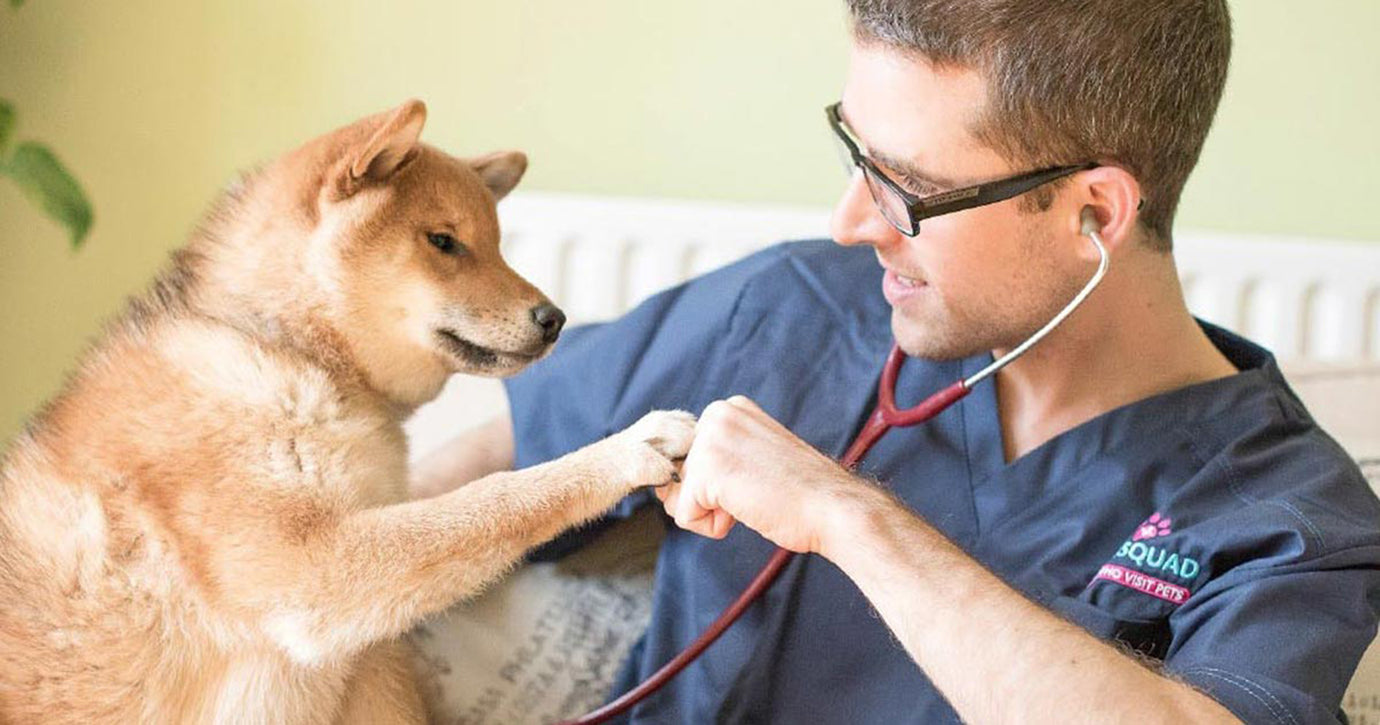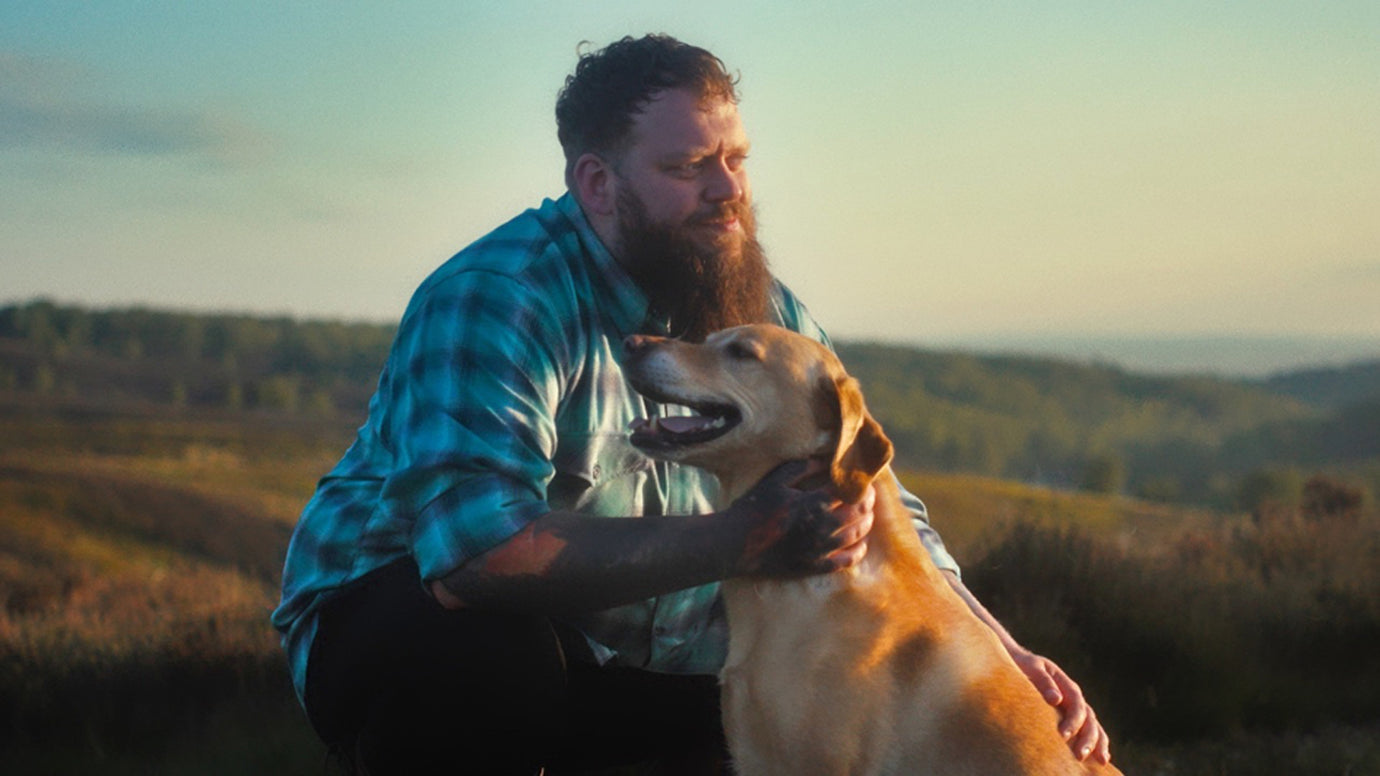Pain in the grass? 5 ways to stop dog urine killing your lawn

Have you ever noticed that one patch of grass in your garden that’s inexplicably dry or burned? Ever wondered how it got there? Here’s a hint. Watch where your dog goes to the toilet. Is it in the spot with the dried up grass? Bingo! Guilty as charged.
Dog urine is like the arch nemesis to your humble garden grass. The levels of Nitrate in your dog’s wee can cause some long term damage to grass every time your fur baby needs to do their business.
Why does dog urine burn into grass?
Dog wee actually has a variety of nitrogen compounds which
burn your grass, leaving yellow patches behind. If your dog picks
different spots on the lawn to do their business, then urine burn
is unlikely to become an issue – BUT- if your dog has a favourite
spot they always return to then you may be in trouble!
5 ways to stop those yellow pee spots
1. Go pee somewhere else!
The grass is suffering – there’s no more hiding the dry brown patches – but your dog insists on peeing on the same tuft of grass. If your dog insists on going to the toilet on your grass, you will probably need to train them to urinate in a grass free area of your garden. This might include beds of soil, sand, tanbark or gravel. If there’s a specific area of grass you’d prefer they use then encourage them to go to the toilet here instead. To train your dog to select a different area to go to the toilet, accompany them when they go outside to wee. When they make a bee line to the lawn, get their attention and shepherd them to an area without grass in your back garden. You could also use a citrus spray on the lawn to deter them from weeing in the area.
This method is time consuming, so if you’re quite time poor, consider pee posts for the garden to encourage them to wee in the exact spot you want them to.
Pee posts contain dog enticing pheromones. Your dog will be attracted to the stick because of its bright yellow colour and once they’ve sniffed out the area, they’ll wee in that exact spot.
Use a Pet Loo
No, this doesn’t mean training your dog to sit on the toilet and do their business on command. The Pet Loo replicates a small, square patch of grass for your dog to pee on. It’s a sustainable and economic alternative to a big lawn in a garden. Ideal for those who live in flats or units with minimal outdoor space, the pet loo is super easy to install and maintain. It keeps odours to a minimum, so while it is best placed in an outdoor area or well
ventilated space, it won’t stink up the laundry if you have no other option but to keep it inside.
Best of all, the pet loo comes in different sizes to suit your home and the breed of your dog. Training your dog to use the pet loo is easy because the grass on top looks and feels authentic. It’s hygienic and environmentally friendly so you can’t go wrong!
Use Dog Rocks
What on earth are dog rocks? While they’re relatively new to the market, Dog Rocks have actually been used for years! These rocks help to remove the nitrates in your dog’s drinking water. You are what you eat (and what you drink), so it makes sense that the reason why your lawn is not pushing up daisies can actually be traced back to your dog’s drinking water. Dog Rocks are non-invasive – in fact all you need to do is put them in your dog’s drinking bowl. As they sit in the water, removing any small amounts of rubbish, including Tin, Ammonia and Nitrates. Best of all, while this is happening, the rocks do not alter the pH level of the water or your pets urine.
Technically speaking, dog rocks are a unique natural remedy for turning your dog’s pee into a fertilizer, and provides a stable matric and micro porous medium, in which active components are made to act as a water purifier instead of an acidic fluid. You will be giving your dog a cleaner source of water by using Dog Rocks. They do need to be replaced every 2 months.
Give the area some love
Even if you combat the problem at the source now, the weeks or months of urinary damage your dog has inadvertently done may not be erased easily. What we do know is that some fertilizers are quite useful in helping grass with minimal burn regain some green colouring. You can also take some steps to ensure that the lawn is being adequately watered and has sufficient irrigation. By giving your lawn some TLC and encouraging your dog to wee
elsewhere, eventually you will see the results.
Give ‘em a drink!
Bottoms up! Or tails up… Whatever it is, it’s mighty important that you provide your dog with enough water throughout the day. It goes without saying but leaving your dog with sufficient water is the best way to keep them healthy. By drinking more and more water, your dog will ultimately end up with diluted urine which means there’s less chance of your lawn suffering from urine burn. It’s a win-win, although unfortunately if your grass is already showing signs of burn, it may be too late to solely use this as a preventative method. Regardless, encouraging your dog to drink has multiple health benefits.
If you’re not at home to supervise how much water they’re going through, try install a water fountain that keeps the water fresh throughout the day. This encourages them to continue drinking while also ensuring that water stays sanitary throughout the day.
What are you waiting for? Get out there and go save your grass!
(Article source: My Pet Warehouse)





